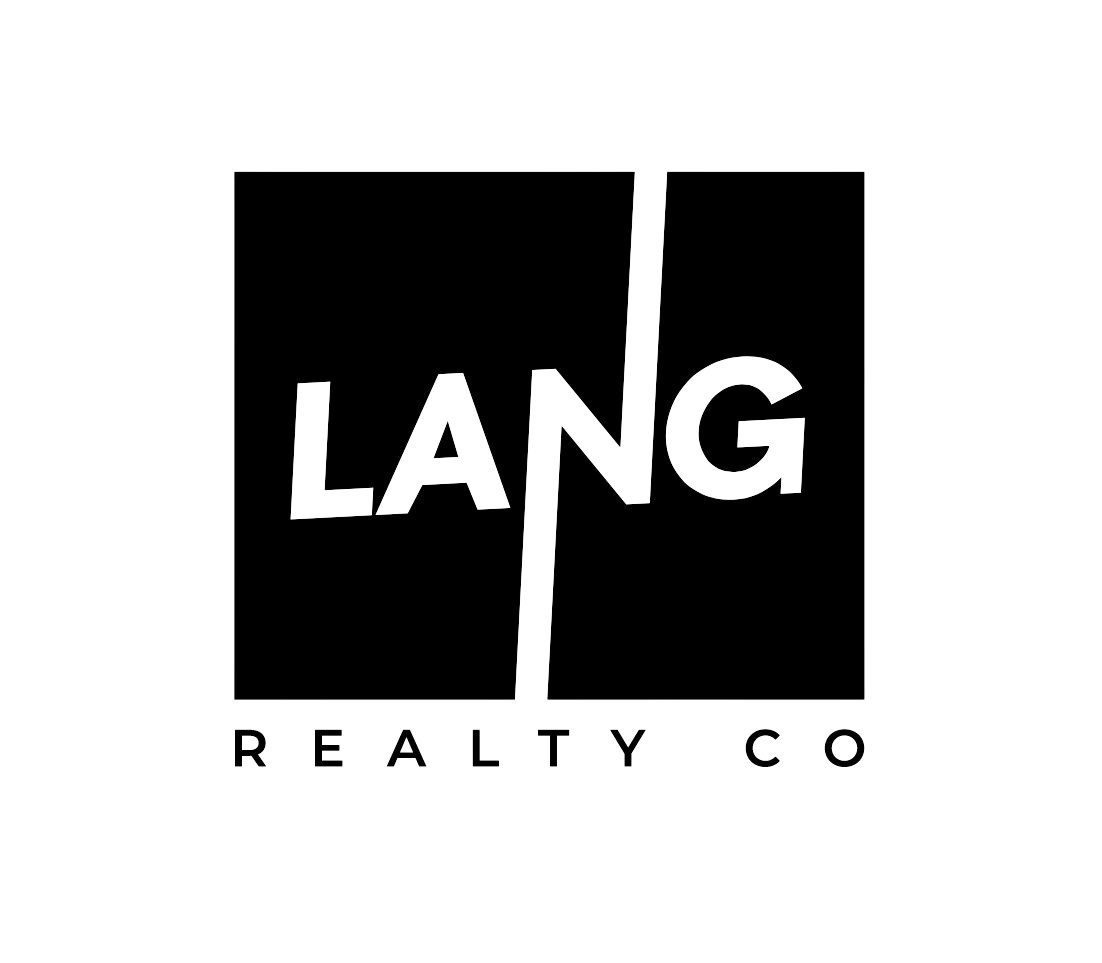How to Spot Red Flags When Touring a Home: A Real Estate Broker's Guide

When shopping for a new home, the excitement of touring properties can sometimes cloud your judgment. However, overlooking potential red flags could result in costly repairs and long-term headaches. As an experienced Albuquerque real estate broker, I've seen firsthand how important it is to stay alert during home tours. Here's what you should look for to make an informed decision and avoid future regret.
1. Signs of Water Damage
Water damage can lead to expensive repairs and mold, which can be a nightmare to fix. During your home tour, look for:
- Stains or discoloration: Yellow or brown stains on ceilings, walls, or around windows could indicate past or ongoing leaks.
- Musty smells: A damp odor might signal hidden water problems.
- Warped flooring: Buckling or warping can be a sign of water intrusion.
- Visible mold or mildew: Especially in bathrooms or basements, mold is a major red flag.
If you spot these signs, ask the seller or broker about the issue and whether it has been addressed. As a seasoned Albuquerque realtor, I always recommend getting a home inspection to confirm the extent of any damage.
2. Foundation Cracks and Structural Issues
A strong foundation is crucial for a stable home. Pay attention to:
- Cracks in walls or ceilings: Hairline cracks might be minor, but larger cracks near doors or windows could indicate foundation movement.
- Sticking doors or windows: These could suggest shifting or settling.
- Uneven floors: Walk through the home and note any sloping or uneven areas. If this is present, a structural engineer should assess the property before moving forward.
3. Roofing Problems
Roof replacements can be costly. Look for:
- Missing or damaged shingles: These can lead to leaks and further deterioration.
- Sagging rooflines: This could signal structural problems or water damage.
- Water stains in the attic: If you have access, check for signs of leaks or light seeping through the roof.
4. Outdated or Faulty Electrical Systems
Electrical issues can be both dangerous and expensive. Watch for:
- Old or exposed wiring: Knob-and-tube or aluminum wiring is outdated and might not meet current standards.
- Flickering lights: This could signal overloaded circuits or faulty wiring.
- Insufficient outlets: A lack of grounded outlets could mean the electrical system is outdated.
If you notice any of these signs, consult an electrician before making any decisions.
5. Plumbing Problems
A functioning plumbing system is essential for your home’s comfort. Warning signs include:
- Leaking pipes or fixtures: Look for leaks under sinks or around toilets.
6. Pest Infestations
Pests can cause damage and bring health concerns. During the tour, inspect for:
- Droppings or nests: Especially in basements, attics, or cabinets.
- Chewed wood or wires: Could indicate termites or rodents.
- Holes in walls or floors: Small openings could be entry points for pests.
7. Heating and Cooling Systems
HVAC systems can be expensive to repair or replace. Look for:
- Unusual noises: Strange sounds from the furnace or AC unit could indicate mechanical issues.
- Age of the system: Ask the seller about the system’s age and maintenance history.
- Uneven temperatures: Rooms that feel too hot or cold may suggest HVAC problems.
8. Poor Ventilation
Good ventilation is necessary to maintain indoor air quality. Watch for:
- Condensation on windows: This could indicate poor ventilation or excessive humidity.
- Peeling paint or stains: Moisture can cause paint to peel.
- Stale air: Poor airflow can lead to mold growth or higher energy costs.
9. Neighborhood and Location Concerns
The neighborhood matters as much as the house itself. Consider:
- Traffic noise: Visit the property at different times of day to assess noise levels.
- Proximity to amenities: Check distances to schools, stores, and transportation.
- Neighboring properties: Look for signs of neglect or construction that could impact your living experience.
10. DIY Renovations Gone Wrong
Poor renovations can lead to costly issues. Be cautious of:
- Shoddy craftsmanship: Mismatched finishes or uneven work might signal rushed DIY projects.
- Unpermitted work: Ask the seller about renovations and ensure they complied with local building codes.
- Inconsistent styles: If some parts of the home are unfinished or out of place, this could indicate incomplete or improperly done upgrades.
11. Environmental Hazards
Certain environmental hazards could impact your health or finances. Be mindful of:
- Asbestos: Common in older homes, particularly in insulation or flooring.
- Lead-based paint: Homes built before 1978 may have lead paint, which is hazardous.
- Radon: An odorless, radioactive gas; inquire if the home has been tested.
Conclusion
A home tour is your opportunity to spot potential issues before committing. Keep these red flags in mind, and always consider bringing in a professional home inspector for peace of mind.
Ready to start your home search? Let me guide you through the process. With over 20 years of licensure in Albuquerque real estate, I can help you avoid costly mistakes and find the home that’s right for you.
📍 Contact Kate Lang, an experienced Albuquerque Realtor, today!
Kate Lang, Lang Realty Co
Realty One of New Mexico
9674-3 Eagle Ranch Rd NW
Albuquerque, NM 87114
📞 C: 505.554.6067 | O: 505.883.9400
🌎 W: langrealtyco.com



MOBILE: 505.554.6067
OFFICE: 505.883.9400
Powered by: Realty One of New Mexico
9674-3 Eagle Ranch Rd NW
Albuquerque, NM 87114
Kathryn "Kate" Lang, Associate Broker
License # 40964
